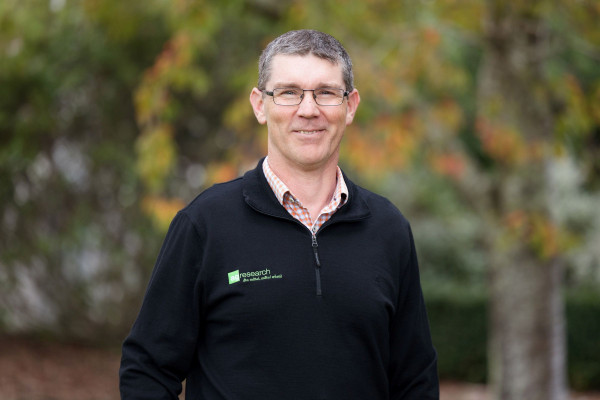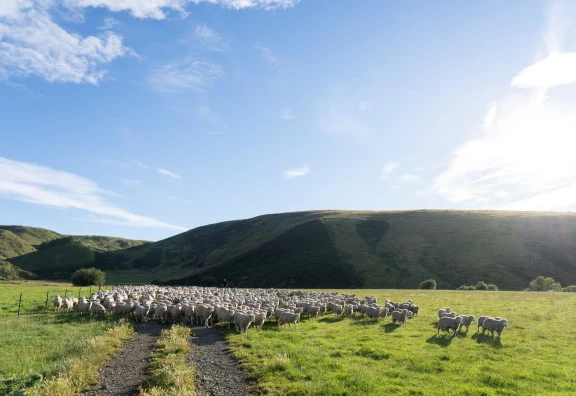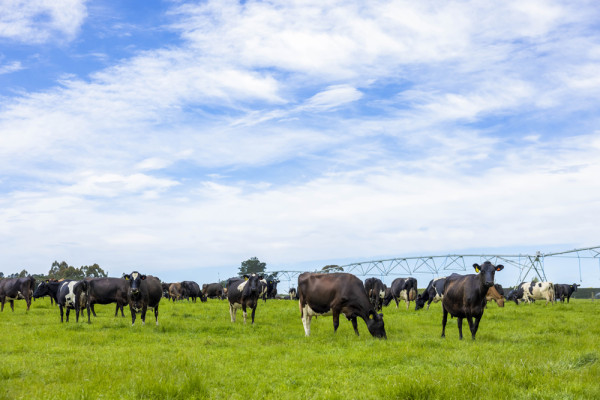The research builds on years of foundational work and is now focused on turning promising lab results into real-world solutions for farmers. Unlike overseas efforts that rely on daily feed additives, this programme is designed specifically for New Zealand’s outdoor grazing systems. Several standout compounds have already shown strong methane reduction in early tests, and researchers are now working to improve their stability and effectiveness in animals.
The following Q&A, with lead and Senior Scientist Wade Mace (pictured below), explains how the research works, what tools are being used, and what trials are planned.

Q: What is the goal of the methane inhibitor research programme?
To develop at least one cost-effective methane inhibitor that reduces emissions by ≥20% in grazing sheep and cattle without affecting productivity, while building a strong intellectual property (IP) portfolio.
Q: How are potential inhibitors discovered and refined?
Researchers use software modelling to identify potential compounds, then enzyme assays, methanogen cultures, and rumen in vitro assays (RIVs) to focus on promising inhibitors. Targeted structural changes are then made to improve the activity of the inhibitor.
Q: What challenges exist with current lead compounds?
The current lead molecule shows strong initial activity in both sheep and cattle but loses effectiveness after ~3 weeks. Work is underway to extend its active duration to ≥12 weeks.
Q: What tools are used to improve inhibitor longevity and stability?
Structure Longevity Relationship (SLR) Approach:
This approach looks at how small changes to a compound’s structure affect how long it stays active in the rumen. Researchers tweak parts of the molecule to improve things like solubility (how well it dissolves) and reduce how much it sticks to digesta (the semi-digested material in the rumen). The goal is to keep the compound at effective levels for longer, without it being flushed out or broken down too quickly.
Sequential RIV:
This is a small scale model of the rumen allowing researchers to test many compounds quickly and cheaply, without needing large amounts of material or ethics approval. It mimics the rumen environment, helping scientists see how a compound performs over time. This method can reduce the time needed to screen a compound from 8–12 months down to just 1–2 months.

